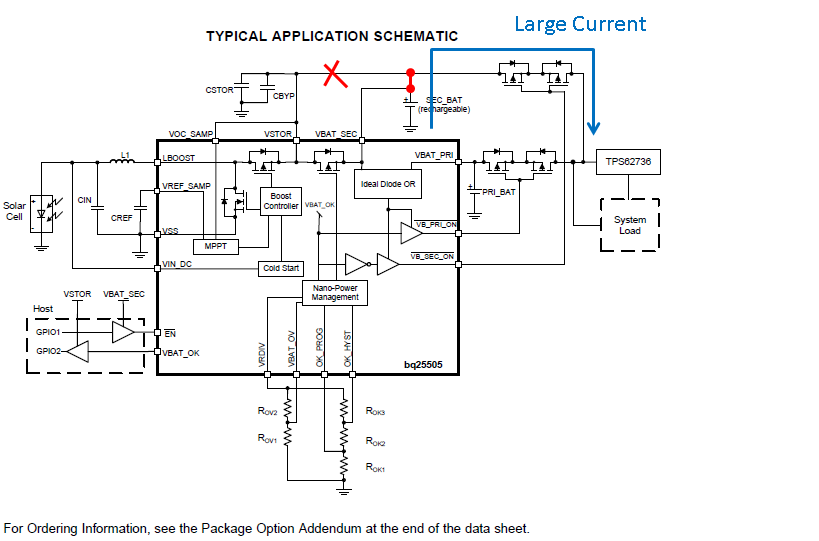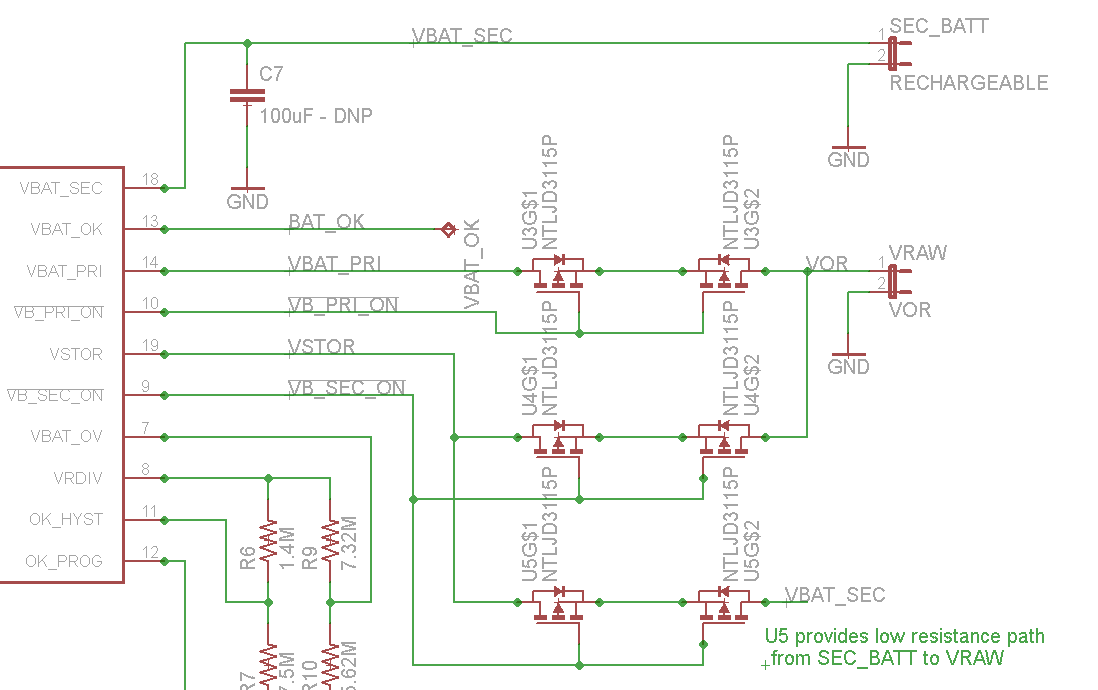Our customer would like to flow large current from rechargeable battery. So they would like to design as attached circuit because the voltage drop at internal PFET between VSTOR and VBAT_SE becomes big.
Is there any concern about attached circuit?
Best Regards,
Kohei Sasaki



